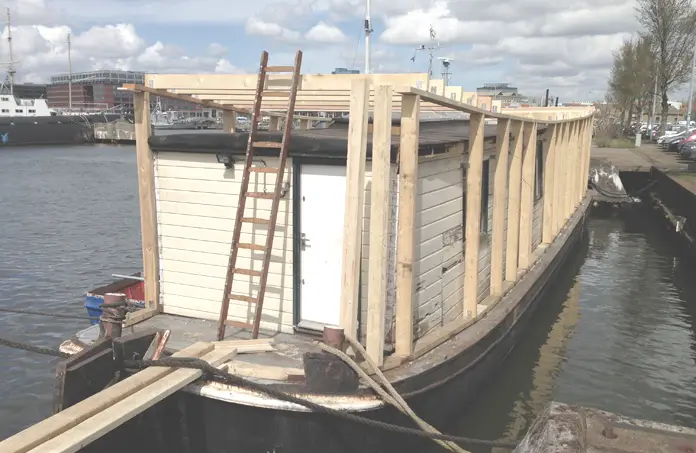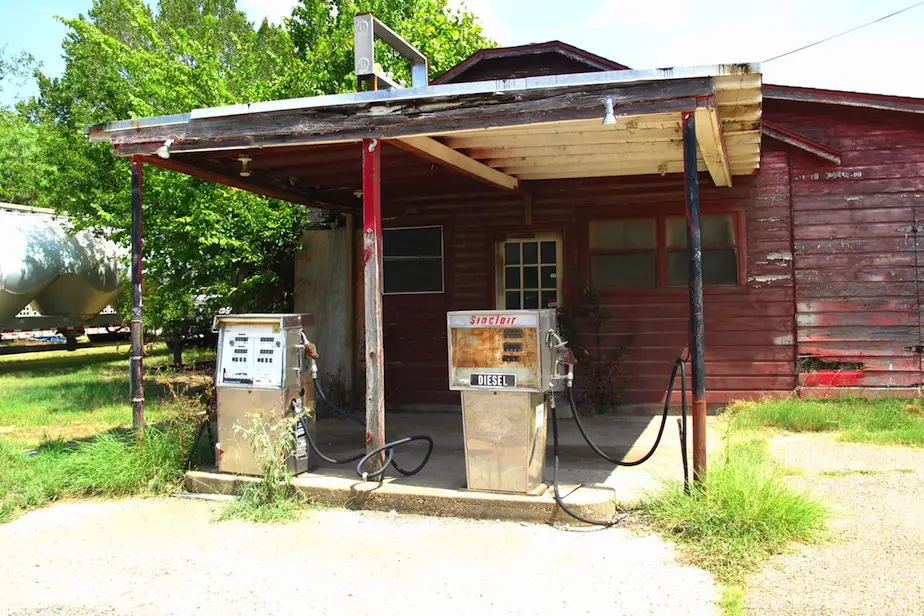Last week I wrote about the voices from Nairobi and my observations of the city as a whole. In this post I will be continue to explore those voices through a current initiative by Philips Lighting that aims to transform how local communities in the African continent could and are benefiting from a simple yet effective solution: LED solar powered lighting systems.
Today around 600 million Africans have no direct access to any kind of electricity; in short they are off the grid. This poses a considerable challenge to local authorities, companies and communities alike as daily activities are interrupted by nightfall, hampering productivity and public life. Authorities find connecting off-grid communities too expensive and time consuming, and in some cases this does not even figure within development plans.
This is where LEDs come along. Emitting 3 times more light, being smaller, and with a longer lasting life cycle than regular light bulbs, LED is poised to become the norm worldwide within the next 15 years. As with efficiency, LEDs offer ideal luminosity that can be adapted to a variety of spaces; in public spaces, studies have shown that the light LEDs emit has a positive impact in the community and increases public safety.
Given the advantages that LEDs offer, Philips Lighting found that the easiest solution was the simplest: getting light into off-grid and low income communities in Africa by marrying LEDs, long lasting batteries and solar panels. However, Africa is a big continent, so to showcase the technology what better idea than doing it by road, stopping at a variety of communities to raise awareness on sustainable lighting solutions.

Over the next two years, Philips Lighting is showcasing the lighting solutions through 100 Community Light Centres. These Centres are deployed in strategic locations within off-grid and low income communities and push for sustainable social development. The Centres serve as catalyst for local empowerment giving technical skills to local community members and, full control over how and when to use the lights and for what purposes. In short this simple lighting solution is about enhancing livelihoods, empowering local communities and achieving medium to long term sustainability.
More interesting is the strategic approach of deploying each and every light centre. Every city has different stakeholders involved such as local communities, local authorities, private companies and third sector partners. Philips Lighting has also partnered up with two United Nations groups: the Environment Programme and the Industrial Development Organization.
In the Nairobi slum of Mathare, Philips Lighting has deployed one of their 100 Community Light Centres. Situated a couple of miles from Nairobi’s centre, the slum of Mathare is one of the most diverse and biggest slums in Nairobi with an estimated 100,000 inhabitants. The slum lacks proper infrastructure and has been the setting of some incidents that have furthered contributed to its image as an unsafe area of Nairobi.
Upon arriving, we were greeted by a multitude of cheerful youngsters that were eager to see one of the local football stars acting as ambassador of World Coaches. For its Community Light Centres, Philps Lighting is working alongside World Coaches – an organisation that trains coaches and physical educators in developing nations around the globes. This partnership was ideal in Mathare as its local football organisation, Matharee Young Sport Association (MYSA), is already one of the strongest forces in bringing the community together and is internationally regarded for its approach to environment and community engagement; it has also created internationally renowned football players.

Within a nearby football court I noticed four light posts with a solar panel each. The day was coming to an end and as everyone prepared for the game, community members, journalists, professionals and politicians alike came together to watch some performances by local children. Moments later, Evans Kidero – governor of Nairobi – arrived, his entrance further pushing the excitement of everyone present that day. The voices were loud and full of excitement, but also eager for the best that was still to come.
As daylight was fading away both football teams with players from MYSA, KNVB and Philips Lighting started to warm up. Everyone left the court and little by little the four LED posts started to emit light. Within 15 minutes and as the day came to an end, the football pitch illuminated to its fullest.
As the referee signalled the start, the crowd celebrated. It was the first time that a public space in Mathare had received light like this without worrying about costs. As the game progressed, there was a sense of joy amongst the crowd. Not only was the football game bringing people together, but the lighting was enabling the community to engage in social activities during night time.
The game came to an end and soon we, along members of NGOs, government and Philips, started to make our way out. However, the lights stayed on as another game started and community members remained to enjoy the scene. As we left and drove down along the bumpy hill we noticed that, behind us, a bright aura lighted the sky above Mathare.
Photos: @_tompayne_ , and @PhilipsLight


